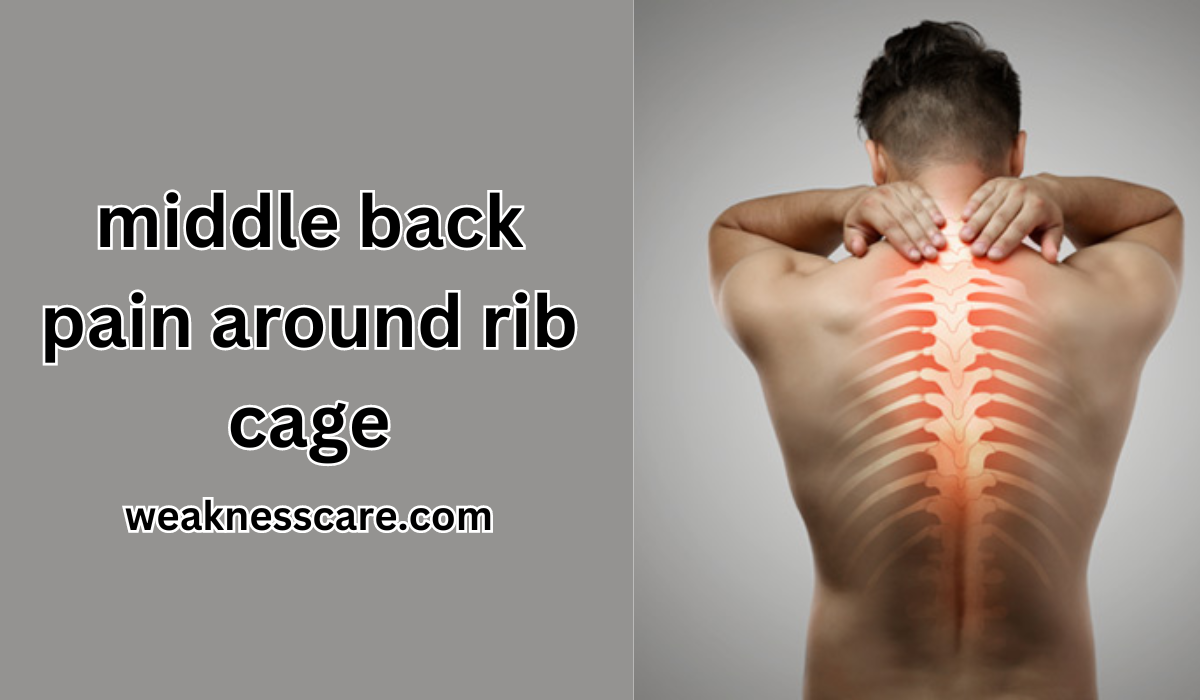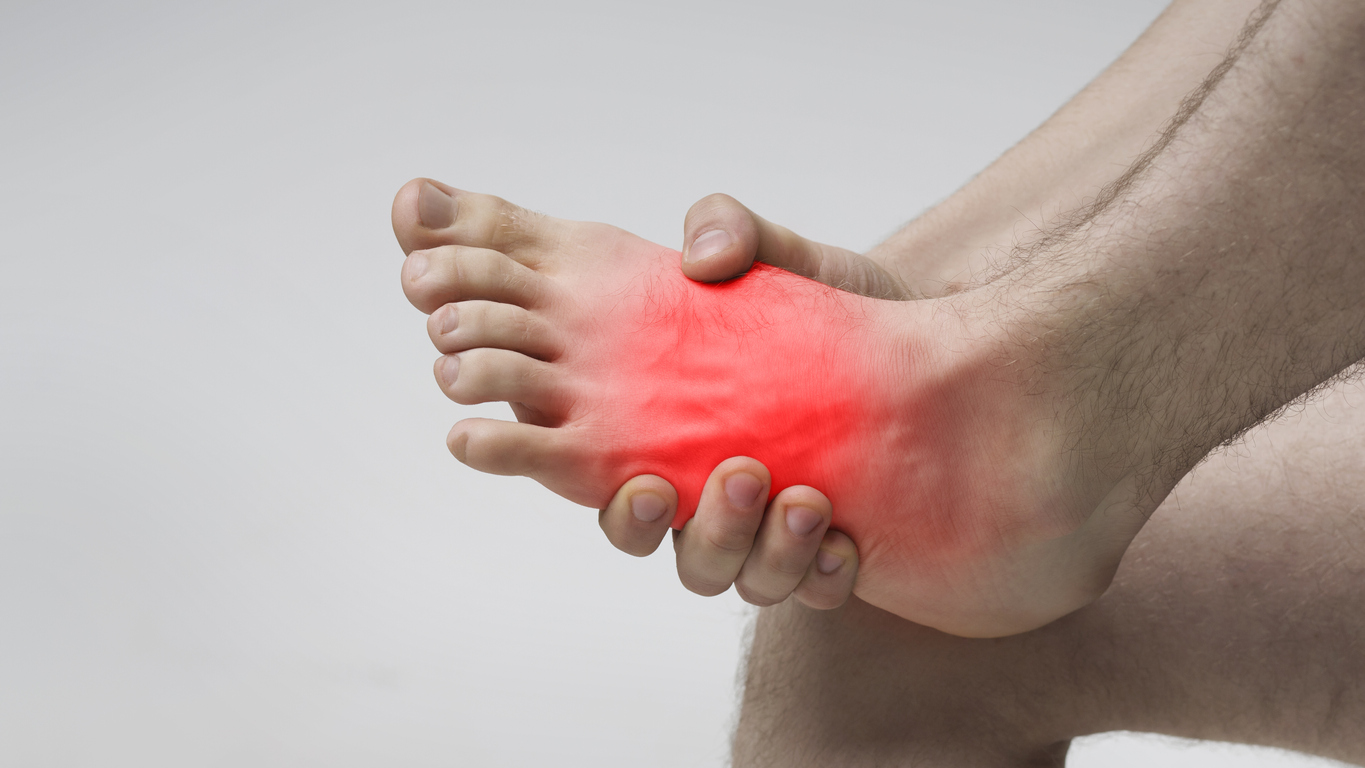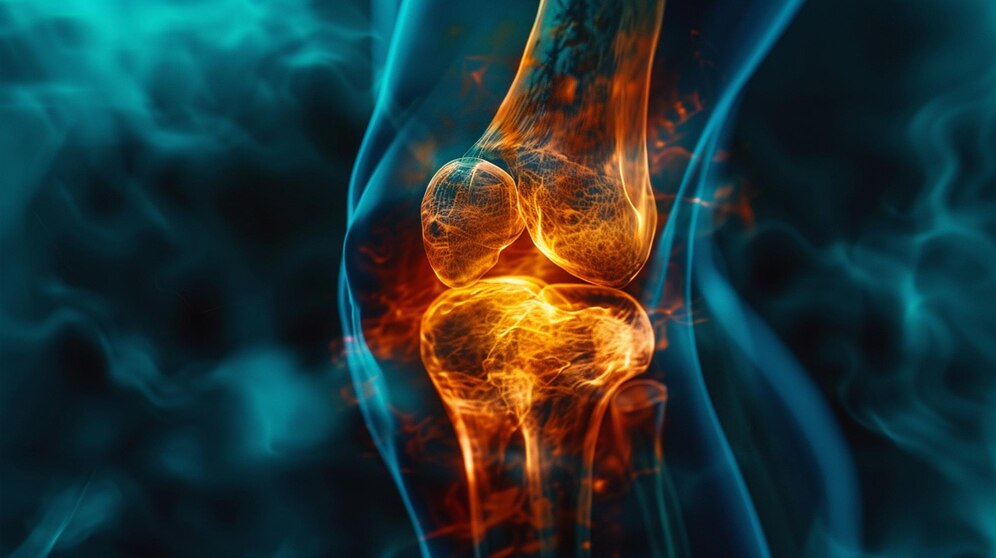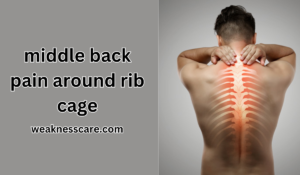
Discover comprehensive insights into middle back pain around the rib cage. Explore causes, symptoms, treatments, and preventive measures for effective relief.
Introduction
Middle back pain around the rib cage is a common issue that can significantly impact daily life. This type of pain, which can vary from dull and aching to sharp and intense, often stems from various causes, each requiring different effective management and relief approaches. By exploring the potential causes, symptoms, and treatments, individuals can better understand how to address and prevent this discomfort.
Causes of Middle Back Pain Around the Rib Cage
The origins of middle back pain around the rib cage are multifaceted. One significant cause is muscle strain, which occurs when the muscles surrounding the rib cage are overused or injured. This often results from heavy lifting, sudden movements, or prolonged periods of poor posture. Additionally, rib injuries such as fractures or bruises can lead to localized pain that exacerbates with movement or deep breaths.
Postural issues also play a crucial role. Poor posture, particularly from extended periods of sitting or standing, can strain the muscles and ligaments in the back, leading to discomfort around the rib cage. Intercostal neuralgia, which involves irritation or damage to the intercostal nerves running between the ribs, is another potential cause. This condition can cause sharp, burning pain that often worsens with movement.
In some cases, gastrointestinal issues might contribute to middle back pain. Conditions such as acid reflux, gastritis, or peptic ulcers can cause referred pain that radiates to the back, including around the rib cage. Furthermore, less common but more severe conditions like herniated discs or even heart problems can sometimes manifest as pain in the middle back area.
Symptoms Associated with Middle Back Pain Around the Rib Cage
Identifying the symptoms of middle back pain around the rib cage is essential for determining the underlying cause and seeking appropriate treatment. Symptoms can vary widely but generally include localized pain that may be sharp, dull, or aching. This pain might be constant or intermittent and can range in intensity from mild to severe.
Pain associated with muscle strain or rib injury typically worsens with movement, deep breathing, or changes in position. In intercostal neuralgia, the pain might be described as burning or stabbing and can be aggravated by touch or movement. When gastrointestinal issues are the cause, the pain might be accompanied by symptoms like nausea, bloating, or discomfort in the stomach.
For those with herniated discs or other more severe conditions, the pain might radiate to other areas, such as the chest or abdomen. Other symptoms like numbness or tingling could accompany it. It’s important to monitor these symptoms and consult a healthcare professional for an accurate diagnosis and tailored treatment plan.
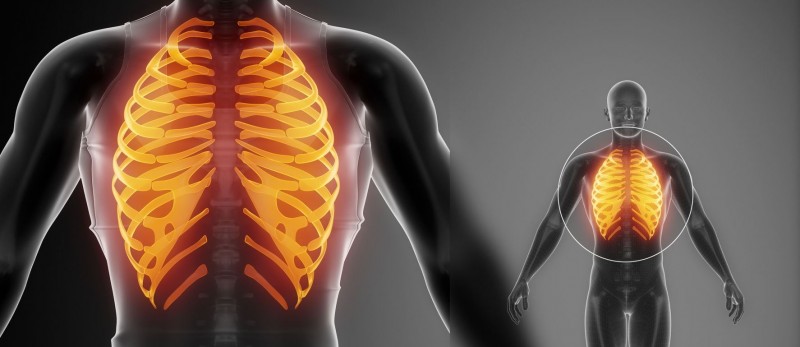
Diagnostic Approaches for Middle Back Pain Around the Rib Cage
Diagnosing the cause of middle back pain around the rib cage involves a combination of medical history, physical examination, and possibly imaging studies. A healthcare provider typically begins by asking detailed questions about the pain, including its onset, duration, and associated symptoms. This information helps narrow down potential causes.
A physical examination may include:
- Assessing posture.
- Checking for tenderness or swelling around the rib cage.
- Evaluating the range of motion in the back.
Based on these findings, further diagnostic tests might be ordered. X-rays or CT scans can help identify rib fractures or abnormalities, while MRI scans are useful for evaluating disc issues or nerve compression.
Additional tests such as endoscopy or ultrasound might be necessary when gastrointestinal issues are suspected. Each diagnostic approach provides valuable information that helps guide appropriate treatment strategies and ensures that the underlying cause is effectively addressed.
Treatment Options for Middle Back Pain Around the Rib Cage
Treatment for middle back pain around the rib cage varies depending on the underlying cause. For muscle strain, rest and over-the-counter pain medications can provide relief. Applying ice or heat to the affected area can also help reduce inflammation and ease discomfort. Physical therapy might be recommended for more severe cases to strengthen the muscles and improve posture.
Rib injuries often require a combination of rest and pain management. In some cases, rib fractures might need specific treatments such as rib belts or, rarely, surgical intervention. It’s important to avoid activities that could exacerbate the injury and to follow medical advice closely.
Intercostal neuralgia may be treated with medications that reduce nerve inflammation or pain. In cases where gastrointestinal issues are the cause, managing the underlying condition with medications or lifestyle changes can alleviate referred pain. For more complex conditions like herniated discs, treatments may include physical therapy, medications, or, in some cases, surgery.
Preventive measures are crucial in managing and reducing the risk of future pain. These include maintaining good posture, regular exercise to strengthen back muscles, and avoiding activities that strain the back. Educating oneself about proper body mechanics and ergonomics can also contribute to long-term relief and prevention of middle back pain around the rib cage.
Preventing Middle Back Pain Around the Rib Cage
Preventing middle back pain around the rib cage involves a proactive approach to lifestyle and posture. Regular physical activity, particularly exercises that strengthen the back and core muscles, can help support the spine and reduce the risk of injury. Yoga or Pilates can also improve flexibility and posture, contributing to overall back health.
Maintaining good posture while sitting, standing, or lifting objects is crucial. Using ergonomic furniture and adjusting workspaces to promote proper alignment can help minimize strain on the back. Additionally, avoiding repetitive movements that place undue stress on the rib cage and back can reduce the likelihood of developing pain.
For those who experience recurrent middle back pain, incorporating stretching and strengthening exercises into a daily routine can be beneficial. Regular check-ins with a healthcare provider can also help monitor back health and address issues before they become more serious.
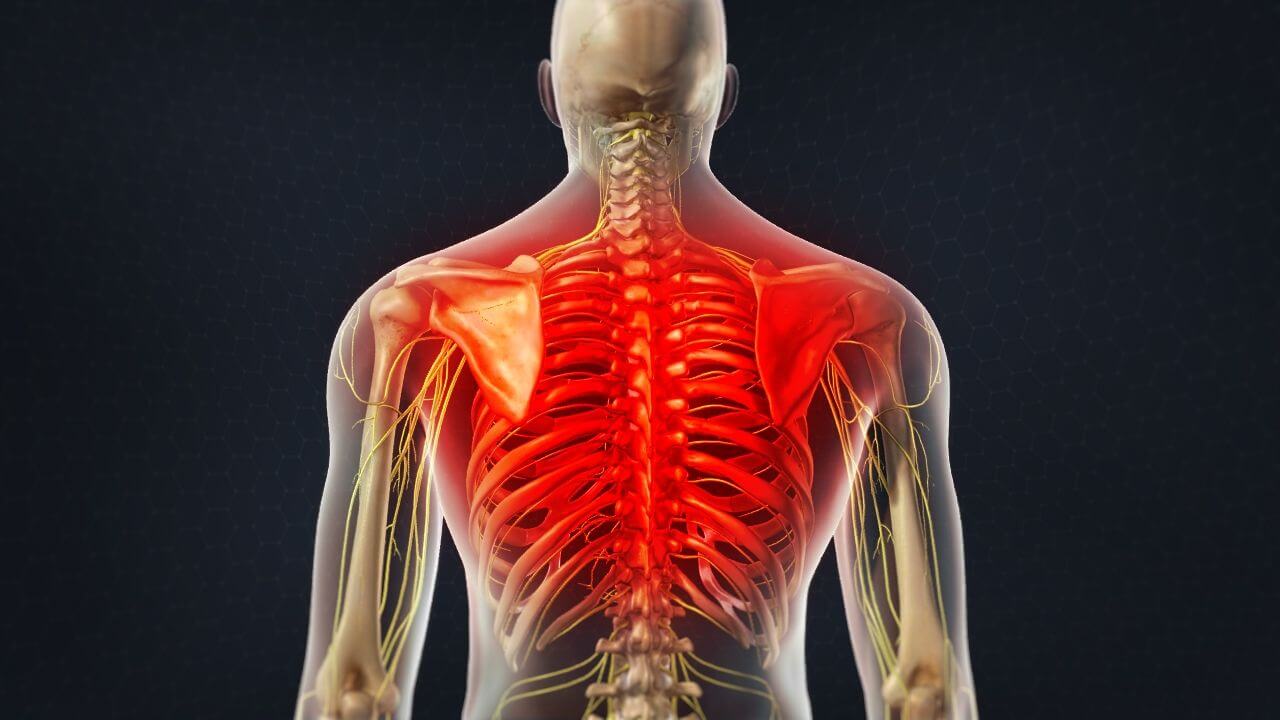
When to Seek Medical Help
While many cases of middle back pain around the rib cage can be managed with self-care and over-the-counter treatments, certain signs indicate the need for professional medical evaluation. If the pain is severe, persistent, or accompanied by other symptoms such as difficulty breathing, chest pain, or radiating discomfort, it is important to seek medical attention promptly.
Additionally, if pain results from a recent injury or trauma or if it is associated with other concerning symptoms such as unexplained weight loss or fever, a healthcare provider should be consulted. Early intervention can help address underlying issues effectively and prevent complications.
Conclusion
Middle back pain around the rib cage is a multifaceted issue with various potential causes, each requiring a specific approach for effective management. Understanding the underlying causes, recognizing the symptoms, and exploring appropriate treatment options are key to alleviating discomfort and improving quality of life. Preventive measures and timely medical intervention are crucial in managing and preventing this type of pain, ensuring long-term relief and back health.

